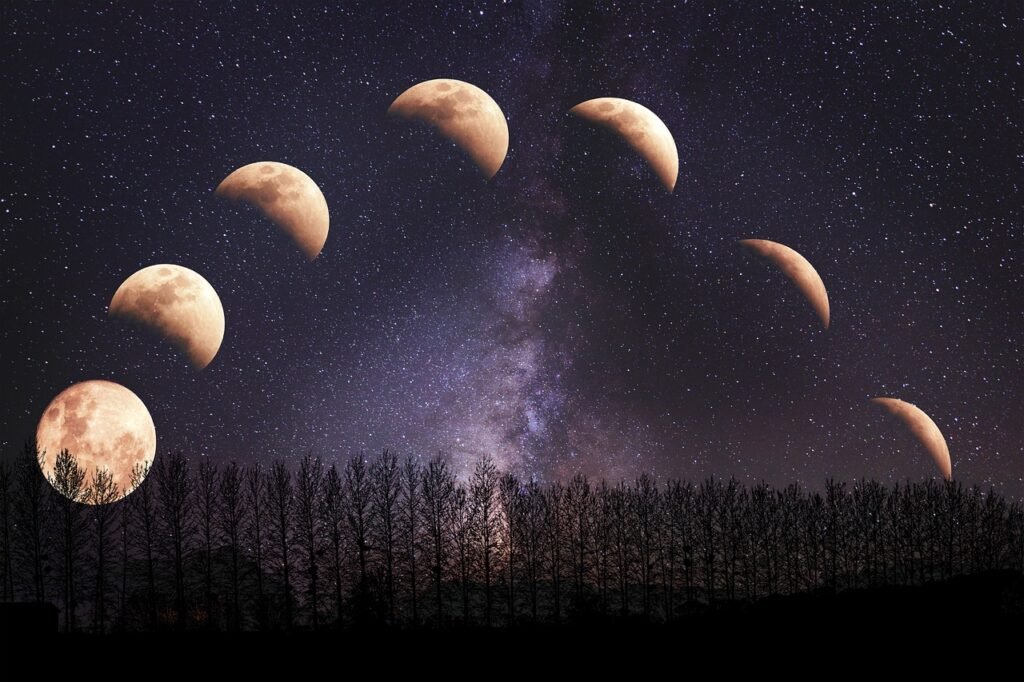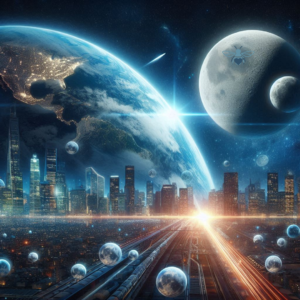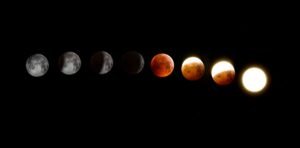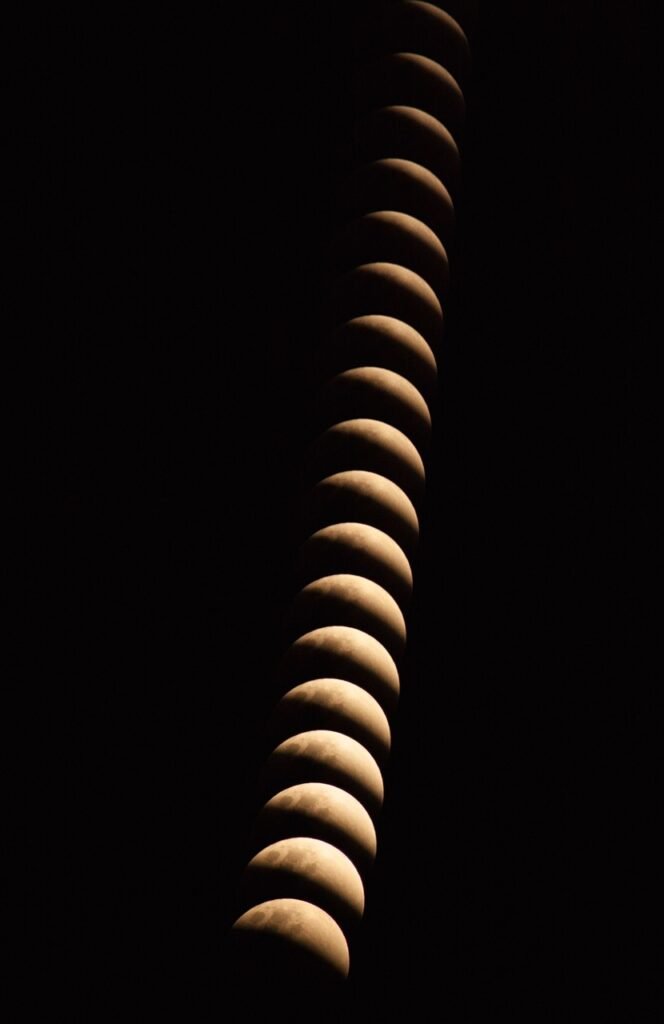
The Science Behind Lunar Eclipses
Lunar eclipses occur when the Earth comes between the sun and the moon, casting a shadow on the moon. This celestial alignment creates a breathtaking spectacle that has fascinated humanity for centuries. But what exactly happens during a lunar eclipse?
Types of Lunar Eclipses:
- Total Lunar Eclipse: The entire moon passes through the Earth’s umbra (the central, darkest part of its shadow), resulting in a deep red or coppery hue, often called a “Blood Moon.”
- Partial Lunar Eclipse: Only a portion of the moon enters the Earth’s umbra, creating a striking contrast between the shadowed and illuminated parts.
- Penumbral Lunar Eclipse: The moon passes through the Earth’s penumbra (the outer part of its shadow), causing a subtle shading that can be difficult to observe.
The Impact on the Moon’s Surface
During a total lunar eclipse, the temperature on the moon’s surface can drop dramatically, from about 260°F (127°C) in sunlight to -280°F (-173°C) in the shadow. This rapid cooling can cause the lunar surface to crack and release gases trapped beneath the surface.
Cultural and Historical Perspectives
Lunar eclipses have been the subject of myths and legends across cultures. Ancient civilizations often viewed these events as omens or messages from the gods. For example, the Inca believed that a lunar eclipse was caused by a jaguar attacking the moon, while the Chinese thought a celestial dragon was devouring it.
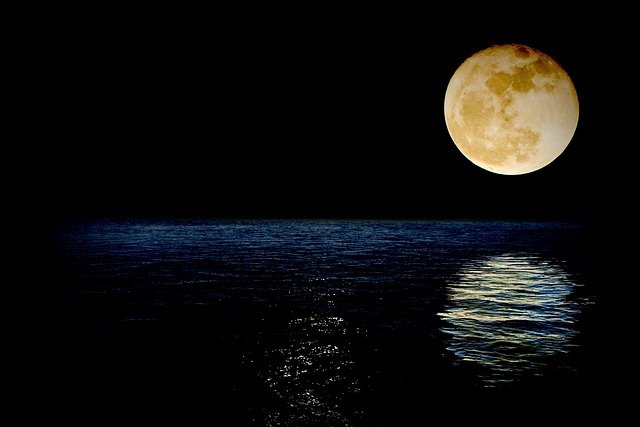
Personal and Community Engagement
At Mettawings, we love hearing about your experiences with celestial events. Share your lunar eclipse stories and photos with us! Use the hashtags #LunarEclipseMagic and #MettawingsCommunity to connect with fellow sky watchers.
Practical Tips for Viewing a Lunar Eclipse
- Location: Find a spot with minimal light pollution for the best view.
- Equipment: While lunar eclipses can be seen with the naked eye, binoculars or a telescope can enhance the experience.
- Timing: Check local times for the start, peak, and end of the eclipse to ensure you don’t miss any part of the event.
Tonight’s Lunar Eclipse Details
The lunar eclipse will be visible tonight, September 16th, in New York State. Here are the key times to watch:
- Partial Eclipse Begins: 10:12:58 p.m. EDT
- Maximum Eclipse: 10:44:18 p.m. EDT
- Partial Eclipse Ends: 11:15:38 p.m. EDT
Make sure to find a spot with minimal light pollution for the best view. 🌕✨ This is a rare event, as the next supermoon eclipse won’t happen until 2033! For more details on the Harvest Supermoon Eclipse, click the link and check out our previous articles about Upcoming Celestial Events.
Embrace the Wonder of Lunar Eclipses
As you gaze at the moon during a lunar eclipse, take a moment to reflect on the beauty and complexity of our universe. At Mettawings, we believe in the power of shared experiences and the magic of the night sky. Join us in celebrating these celestial events and spreading kindness in our community.
